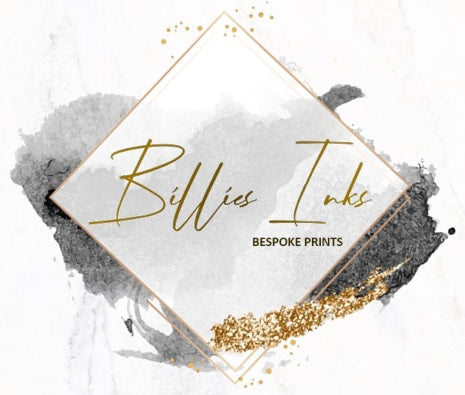Calligraphy is the art of beautiful writing. It's a skill that involves creating letterforms that can turn words into visual art. Whether you're looking to impress with your next event's invitations or you simply love the idea of being able to craft beautiful notes and letters, calligraphy is a versatile skill that adds a personal touch to your written communication. Here’s what you need to know to get started.
Essential Calligraphy Tools
Before you can dive into the elegant world of calligraphy, you’ll need some basic tools. The right equipment can make your learning curve smoother and more enjoyable. Here’s what you should gather:
1. Calligraphy Pens
There are various types of calligraphy pens to choose from, including fountain pens, dip pens, brush pens, and markers. For beginners, brush pens and felt tip calligraphy markers are the most user-friendly. They are easy to control and don't require frequent dipping in ink.
2. Nibs
If you opt for a dip pen, you’ll need nibs. Nibs come in various shapes and sizes, affecting line thickness and ink flow. For starters, a medium-sized, flexible nib can be versatile for learning both thin and thick lines.
3. Ink
Ink choice is vast, but water-based inks are recommended for beginners due to their ease of use and cleanup. Experiment with different colors to make your practice more fun!
4. Paper
Smooth, high-quality paper is critical for calligraphy. Rough surfaces can catch the pen nib and affect your strokes. Look for marker paper or tracing paper which provide a smooth surface and allow for practice over guide sheets.
Essential Techniques
Now that you’ve got your kit ready, it’s time to dive into some basic techniques that will form the foundation of your calligraphy skills.
1. Holding Your Pen
The grip on your calligraphy pen should be similar to how you hold a regular pen, but a bit looser. Allow enough flexibility for the nib to move freely without too much resistance.
2. Understanding Pen Pressure
One of the key aspects of calligraphy is learning how to vary your pressure to create different stroke thicknesses. Generally, downstrokes are thick (press down) and upstrokes are thin (lighten the pressure).
3. Basic Strokes
Start by practicing basic strokes before moving on to letters. These include the upstroke (light pressure), downstroke (heavy pressure), overturn, underturn, loop, and full pressure stroke. Mastery of these motions makes letter formation easier.
4. Forming Letters
Begin with individual letters, focusing on consistent stroke width and spacing. Practice groups of letters or the whole alphabet in a single style before branching out. Repetition is key!
5. Connecting Letters
Once comfortable with individual letters, practice connecting them to form words. This phase is about maintaining consistent spacing and understanding how letters flow into each other elegantly.
6. Developing Your Style
As you gain confidence, start experimenting with letter shapes, spacing, and even adding flourishes. Your personal style will emerge with time and practice.
Conclusion
Embarking on your calligraphy journey can be incredibly rewarding. Remember, like any other skill, consistency and practice are crucial. Don’t get discouraged by early mistakes—embrace them as part of the learning process. Gather your basic tools, master the essential techniques, and soon, you’ll be creating beautiful calligraphic texts that are as delightful to create as they are to behold. Happy writing!

